Want to Decrease Falls? Here’s How. – By Jennifer Thew RN for HealthLeaders Media
A combination of screening, modifying risk factors, and evidence-based interventions can lower older adults’ fall risk.
Falls are a significant problem for adults age 65 and older. According to the Centers for Disease Control and Prevention, each year:
- 3 million older adults are treated in the emergency department for injuries related to
falls - Over 800,000 patients are hospitalized because of a fall injury
- More than one out of four older people fall
Additionally, falls are costly. In 2015, falls were responsible for about $50 billion in healthcare costs.
And, once an older person falls, they are at risk for future falls. But new research on the impact of the CDC’s Stopping Elderly Accidents Deaths and Injuries initiative on medically treated falls (a fall-related treat-and-release emergency department visit or hospitalization), finds older adults with a “fall plan of care,” are less likely to experience fall-related hospitalizations.
The STEADI initiative, a multifactorial approach to fall prevention, includes:
- Screening for fall risk
- Assessing for modifiable risk factors
- Prescribing evidence-based interventions to reduce fall risk
“Fall prevention activities such as raising awareness about fall risk, identifying individual risk for fall, discussing fall risk prevention strategies, and providing referrals to fall risk reduction programs in the community for older adults were shown to reduce fall-related hospitalizations,” Yvonne Johnston, DrPH, MPH, MSN, RN, FNP,research associate professor at the Binghamton University Decker School of Nursing and corresponding author of the study, says in a news release.
FALL PREVENTION SCREENING WORKS
“As a result of these interventions, older adults may be more conscious of conditions that contribute to falls, take steps to modify their home environment to reduce fall risk, and participate in falls prevention programs and physical activities that improve strength and balance. These steps, what we called development of a Fall Plan of Care, likely contributed to the observed lower rates of fall-related hospitalizations for older adults who were identified as being at risk for fall,” Johnston says.






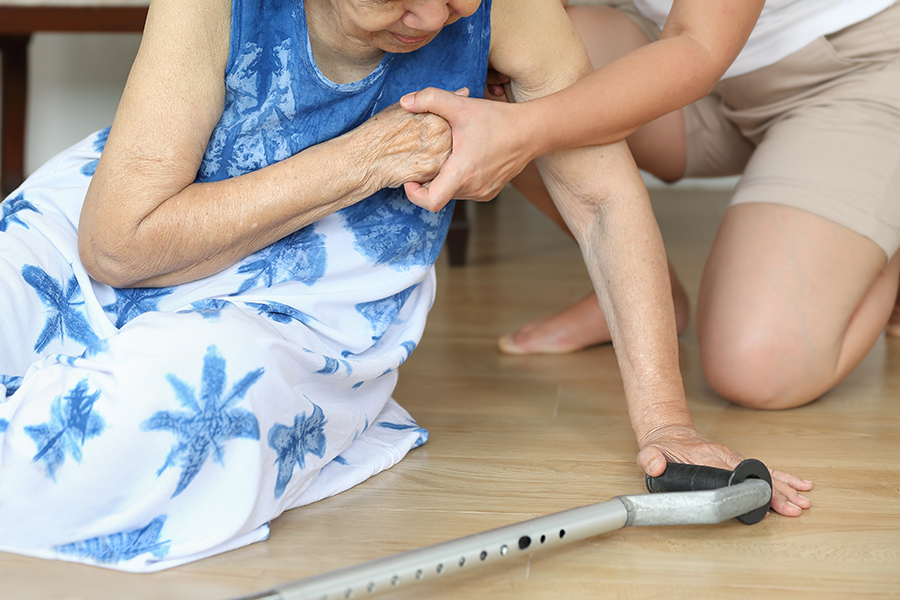




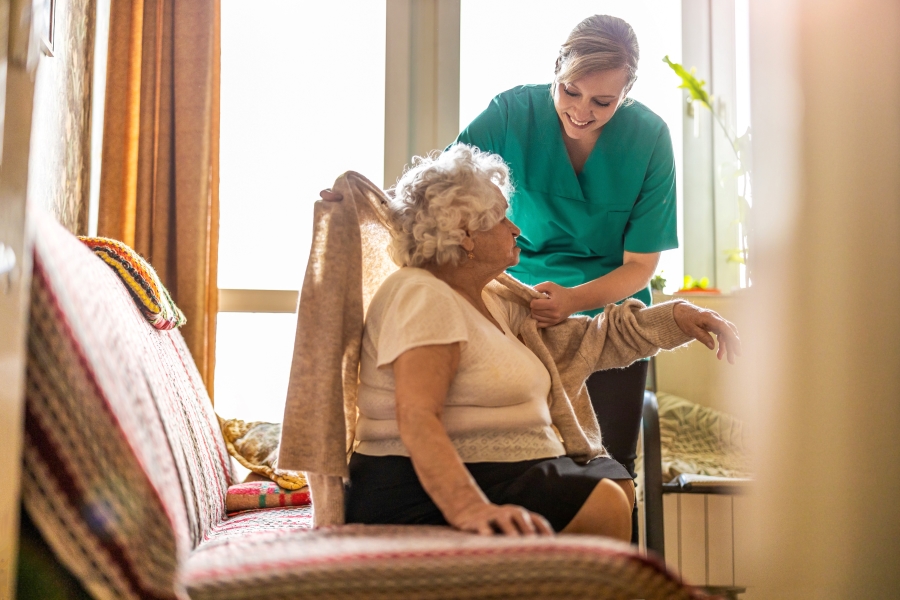




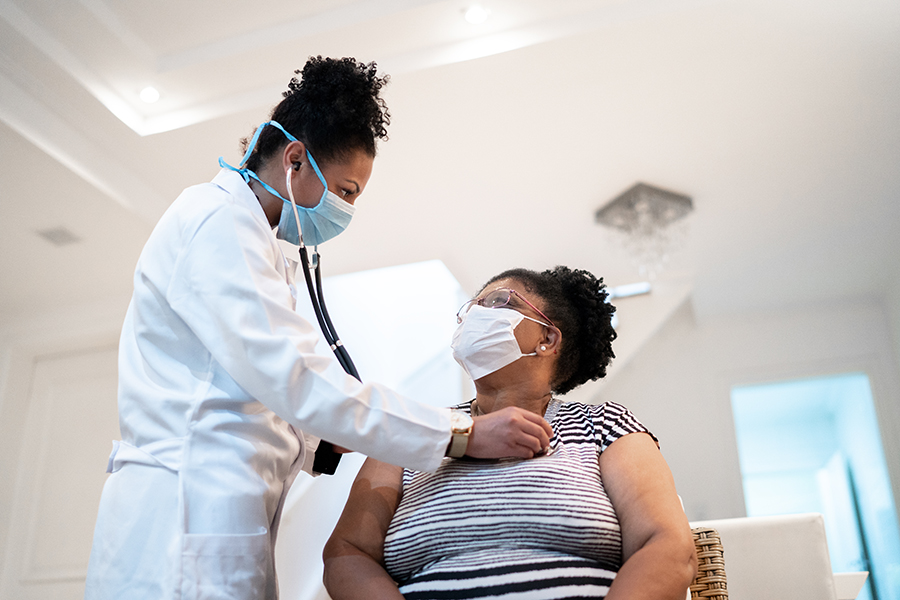

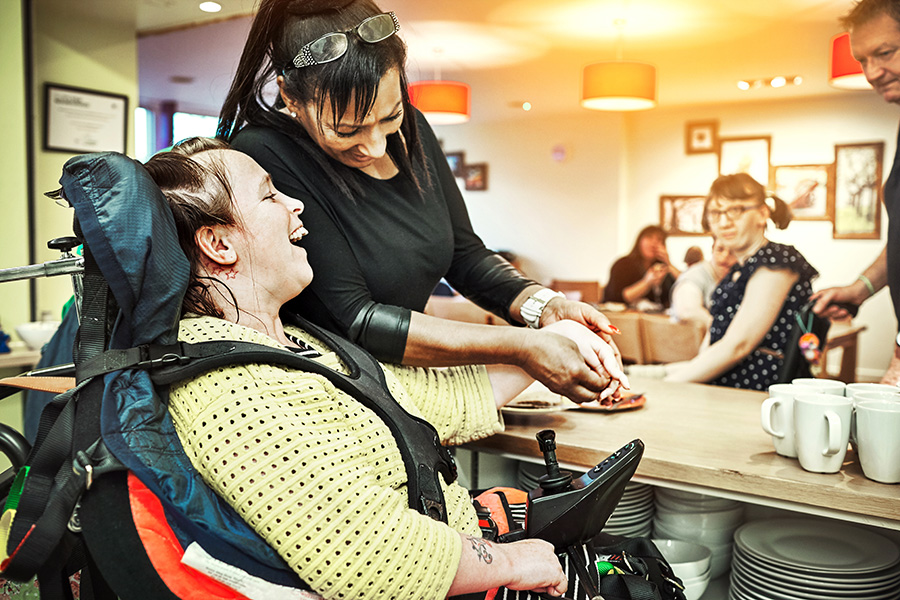



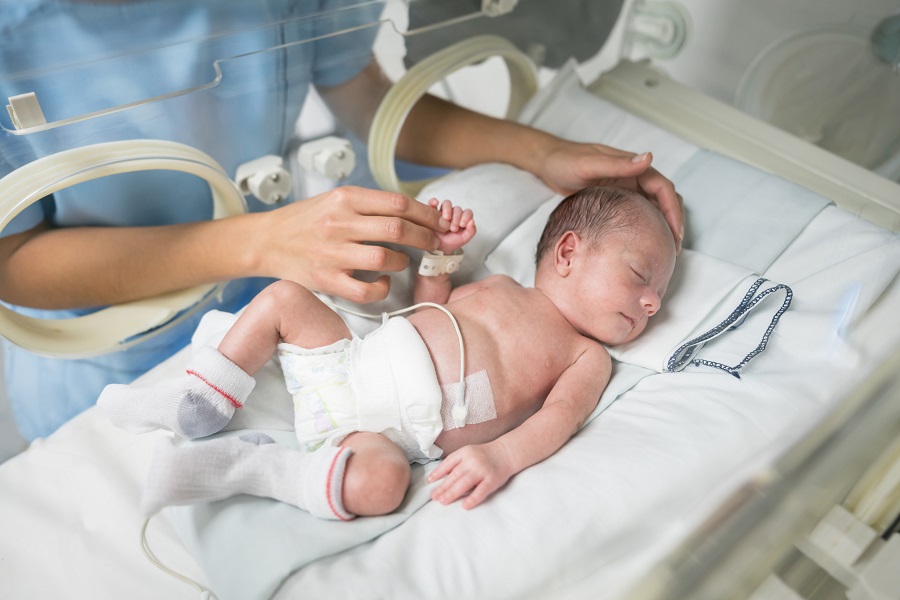

Looking for free ceus